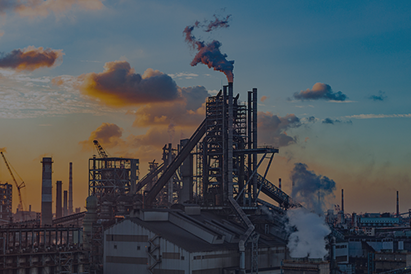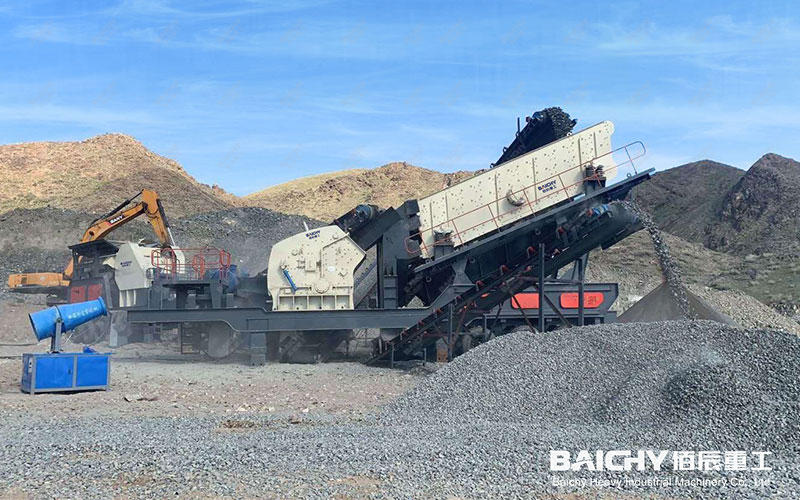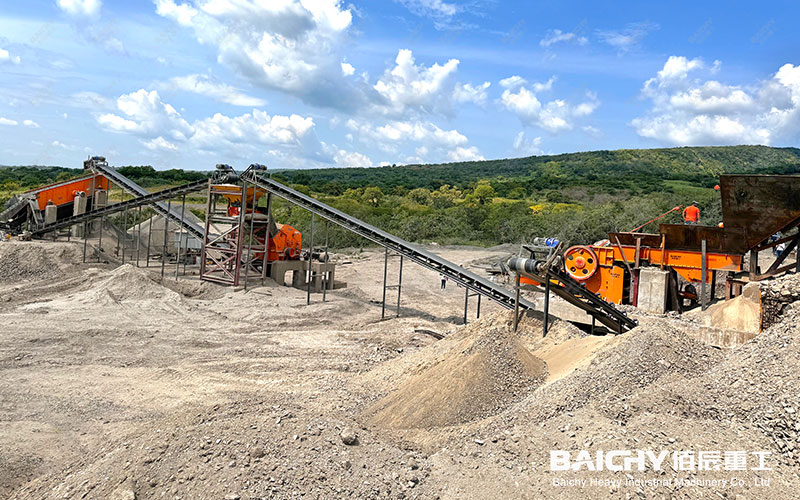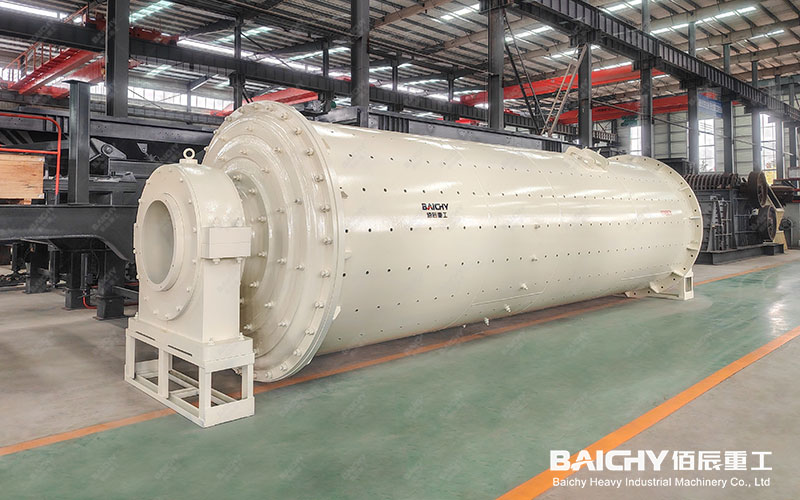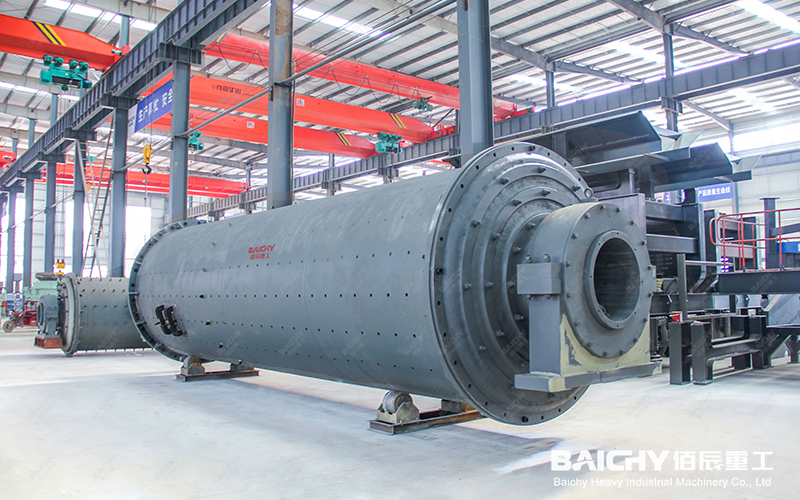
Regarding the 15 ton/hour ball mill, here are some key information and technical points for your reference:
1. Basic concepts
A ball mill is an industrial equipment used for grinding materials. It achieves crushing through the collision and grinding of steel balls and materials in the cylinder. The processing capacity (such as 15 tons/hour) usually refers to the amount of material processed per unit time, which is specifically affected by the following factors:
- Material properties: hardness, humidity, particle size, density, etc.
- Process parameters: feed particle size, discharge fineness requirements (such as 80 mesh, 200 mesh, etc.).
- Equipment configuration: cylinder size, speed, steel ball ratio, drive power, etc.
2. Common types
- Wet ball mill: suitable for metal ores, non-metallic ores, etc. that require water grinding.
- Dry ball mill: used for grinding processes that do not require liquid, such as cement, building materials, and chemicals.
- Overflow type/grid type: classified according to the discharge method, affecting the processing capacity and fineness.
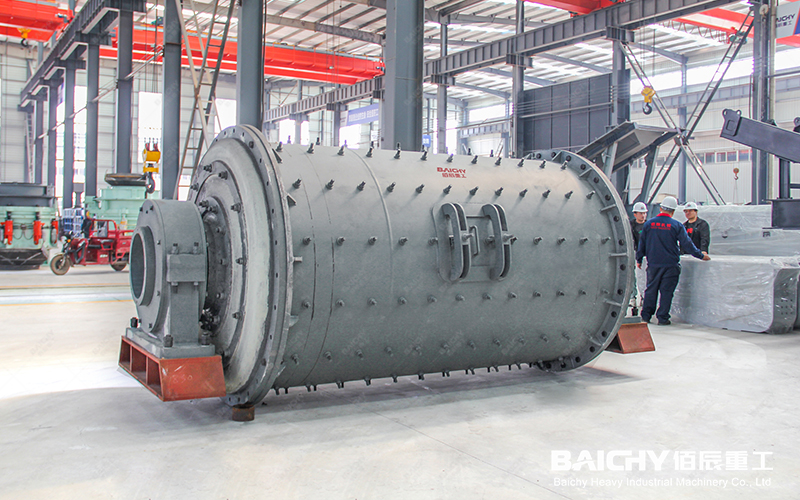
3. Application fields
- Mineral processing industry: grinding of gold, copper, iron and other metal ores.
- Building materials industry: grinding of cement clinker, limestone and quartz sand.
- Chemical industry: ultra-fine processing of ceramic raw materials, refractory materials, fertilizers, etc.
- Power industry: preparation of coal powder.
4. Selection suggestions
- Material characteristics: high-hardness materials (such as quartz) need to choose a ball mill with high power and wear-resistant lining.
- Output matching: 15 tons/hour is the nominal value, and the actual value needs to be adjusted according to the material fineness requirements.
- Energy-saving design: give priority to variable frequency motors or high-efficiency transmission systems to reduce energy consumption.
- Supporting equipment: need to be matched with feeders, classifiers (such as cyclone separators), dust removal systems, etc.
5. Maintenance and cost
- Wear of steel balls: regularly replenish steel balls (about 1%~3% of the processing volume).
- Liner replacement: The life of the wear-resistant liner is about 6 to 12 months, depending on the hardness of the material.
- Energy consumption cost: The power consumption is about 15 to 30 kWh/ton, accounting for more than 60% of the total cost.
If a more specific model or design plan is required, it is recommended to provide the following information:
1. Material name and Mohs hardness;
2. Feed and discharge particle size requirements;
3. Working environment (dry/wet, temperature, humidity);
4. Other special requirements (such as explosion-proof, corrosion-resistant).
We can further recommend a matching ball mill model or optimization plan for you!



